“Would you like us to try and write a history?”
“Nothing better! But what about?”
“Yes, indeed, what about?”
Gustave Flaubert, “Bouvard et Pécuchet”
London, 1976 (first edition 1899), p.123
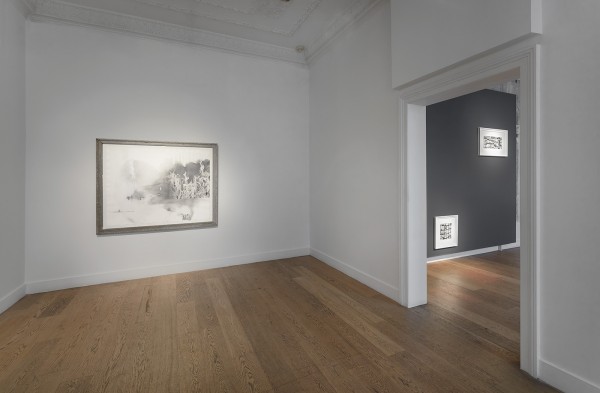
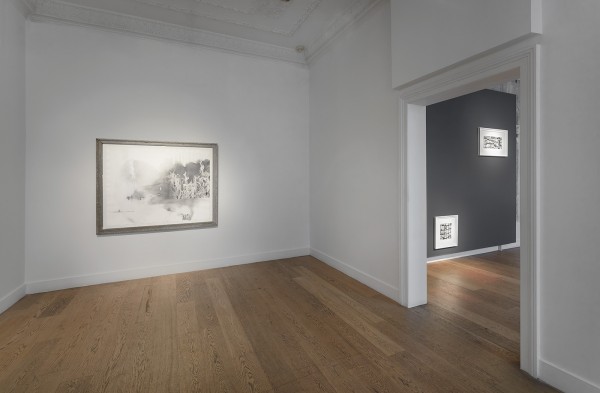
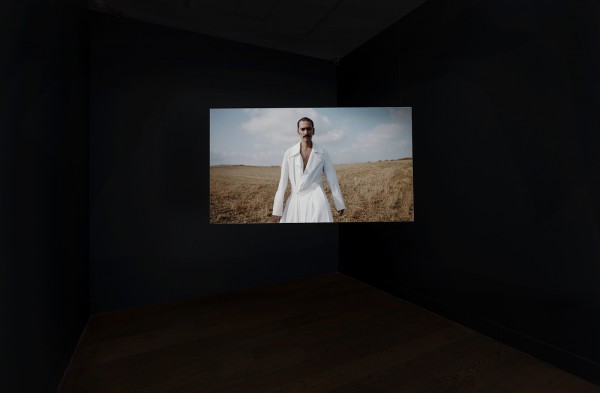
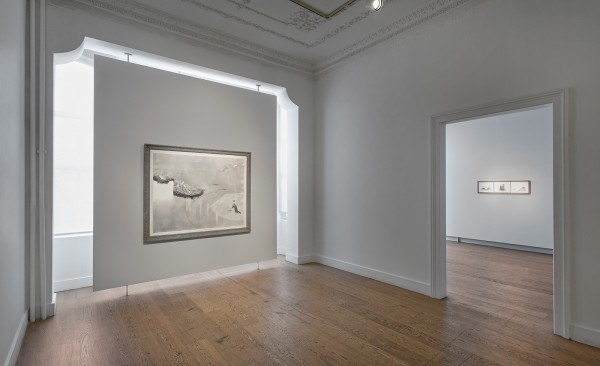
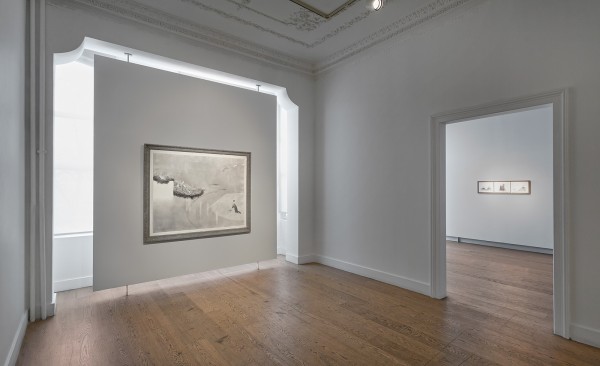
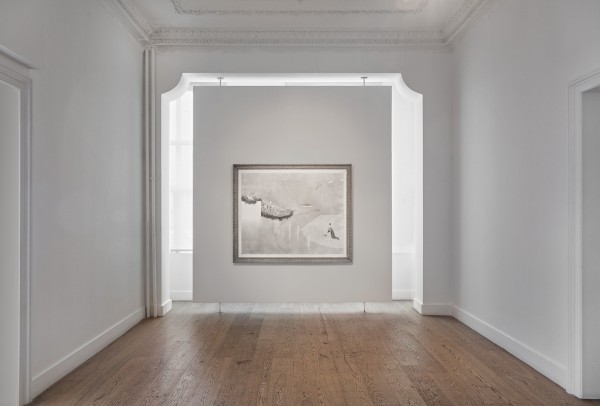
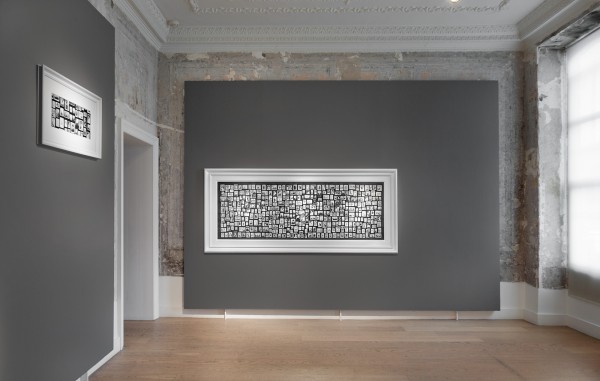
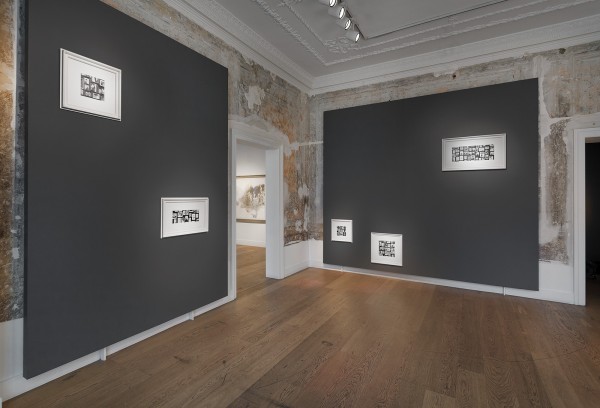
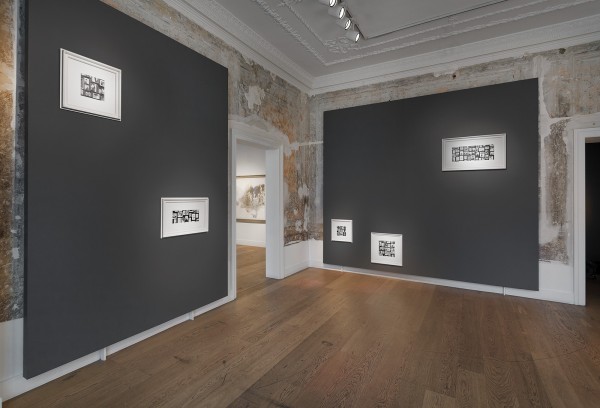
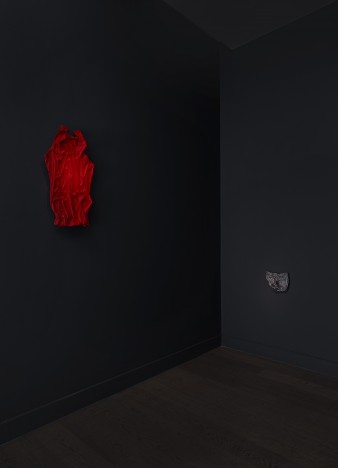
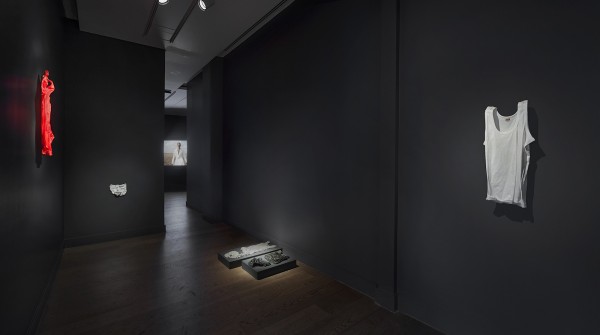
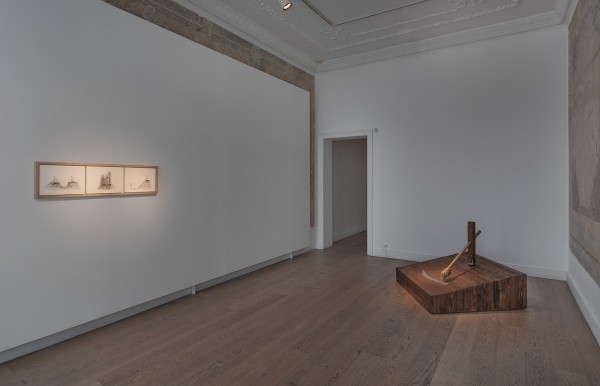
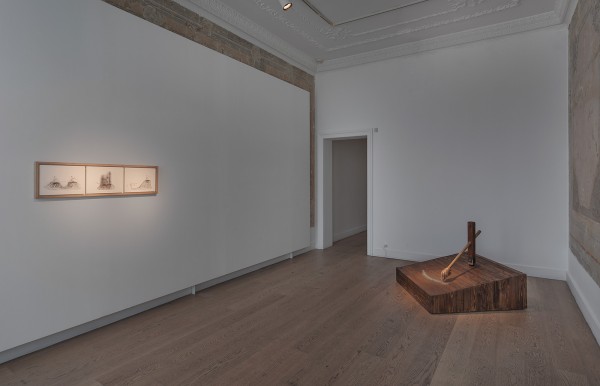
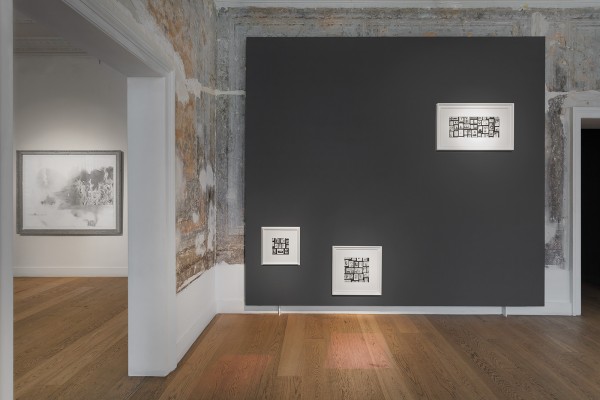
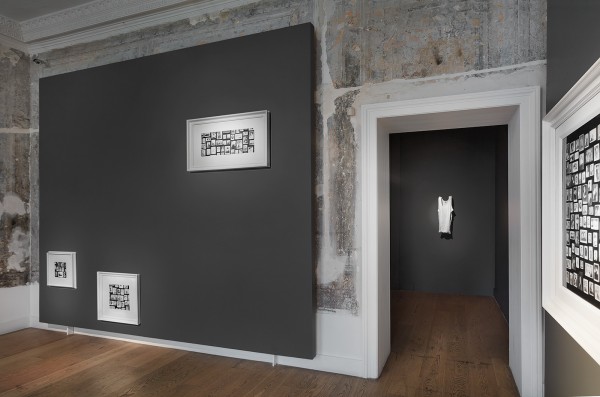
“Nothing better! But what about?”
“Yes, indeed, what about?”
Gustave Flaubert, “Bouvard et Pécuchet”
London, 1976 (first edition 1899), p.123
Between learning and knowing, knowing and understanding, and understanding and
interpreting, history, memory and art are dependent on movement, as machines that
produce meaning. A machine that does not move is meaningless. Bouvard et Pécuchet,
Flaubert’s novel that juxtaposed scepticism with the modernist proposal a century before
Beckett and the Frankfurt School, is about two characters that lose their trust in machines.
Despite this early act of prophecy penned by Flaubert, which pointed at the contradictions
inherent in the construction of “knowledge” and history/memory, to look at history from the
present, and to judge it within the framework of today’s conditions remains a highly attractive
yet cursed pursuit. According to Walter Benjamin, history is the object of a fiction formed in
the present tense, and its relation to the reality it claims to reflect can be questioned at any
time. Under the bright lights of our hypersensitive period, the past turns into a quotation
imposed on our agenda. Today, analysis and criticism are irreplaceable parts of the narratives
of both history and art, and precisely like the phenomenon of history/memory, it is impossible
to expect a passive, shatter-proof, perfect and impartial representation in art. However,
comprehending the meaning of fantasies and images in the perception of contemporary
reality could trigger a particular process of “knowing”. Art can capture that moment of
illumination that flashes against the pile of phenomena, it can grasp a future where light
will flicker, it can contain a “moment” from within the flow in itself, like a seed.
In All the Light We Cannot See, Burcu Yağcıoğlu, Deniz Gül, Hera Büyüktaşçıyan and Tunca
investigate the cloudy boundaries of “knowledge” from official accounts of history to
individual stories, and from the layers of memory to visual systems... And tell us stories
that trail these boundaries. The exhibition takes its title from Anthony Doerr’s eponymous
historical novel and aims to evoke an insight regarding the seen but inaccessible, felt but
unutterable, understood but inexpressible aspect of “light”, as a metaphor of memory,
future, knowledge, comprehension and hope.
Hera Büyüktaşçıyan’s kinetic installation titled An Unending Longitude, is formed of
two rhythmically moving bronze hands placed above a wooden pedestal. The piece of
tile held by the smaller hand placed in the palm of the larger hand, forced by the weight
All The Light We Cannot See
Derya Yücel
of the material, corrodes the surface, as it moves back-and-forth. This movement,
reminiscent of the act of a parent teaching a child how to hold a pencil, or to write or
draw, can also be viewed as a symbol of the patterns of oppression embedded in history,
and therefore society. The hand is both a guide and a symbol of oppression, it both teaches
and orients, it underlines the possibility to resist history, itself born out of a collaboration
between forgetting and repression, and repression and remembrance. History classifies
events and phenomena in time and space, and it can also organize the experiences of
the present and future. The small hand leaves a trace, and refers to social mechanisms of
remembrance-forgetting with the circular trajectory it fails to complete. The hand, with
a movement it realizes beyond its will, deepens the trace it leaves with each passing day.
In another work in the exhibition titled Geo-graphers Byzantine iconography, an artistic
genre Hera Büyüktaşçıyan often refers to, appears once again in a triptych drawing featuring
John the Baptist carrying his staff in his hand in its centre. The vertical staff, as a metaphor
of wisdom and guidance is related to the pole that enables the mechanical movement of the
installation titled An Unending Longitude which it faces. The drawings to the left and right of
the central drawing bear traces of a scene the artist encountered in Amritsar during her trip
to India. The artist was inspired by the cleaners who, every day, cleanse the holy tank that
surrounds the Golden Temple, known as “The Abode of God” to the Sikhs, until not a single
speck of dust is left. In the drawing the piles of books that are pictured beneath the figures
in a boat, appear as waste-knowledge created by history.
If, then, history is an outcome of action and remembrance, are there no histories other
than those that we remember? Can we remember another history where no action takes
place? Burcu Yağcıoğlu’s diptych drawing titled I’m Worse at What I Do Best – And for This
Gift I Feel Blessed reveal the images that flow on from the artist’s personal history as traces
of an inherent memory, emphasizing artistic action’s power to remember and register
individual histories. Taking its name from the Nirvana song that marks how a weakness,
fault or deficiency can turn into a force, the drawing is born of the image of the retaining
wall of the house in the artist’s childhood memories, and the ivy that covered that wall.
Retaining walls, built to prevent the earth or the building from sliding, functional but always
to be hidden, form both a boundary and a connection. The wall is necessary but is hidden,
and so in these drawings, too, it is not included as a visible image. The act of erasure, applied
for the first time by the artist in these works, and forming the aesthetic foundation of these
drawings, renders the image of the wall obscure, and emerging from within the drawings,
transforms the frames into sculptures. Concrete, surrounding the drawings, makes its
presence felt by becoming both a boundary and a point of connection. Ivy fallen from
the wall it clinged to, and a fire surrounded by circus tigers, form the main images of these
two drawings. Like circus tigers jumping through hoops of fire, the individual observed as
a sorry phenomenon suffering from the symptoms of our age under the artificial lights
of history and knowledge, both bears and leans on the load of the past.
Remembering has been a stimulant of both historical awareness and historiography.
The first instrument of remembering is spatialization and space(s) play a leading role in
consolidating historical memory. Monumental spaces particularly serve as markers of
history; and the commemoration of the dead is a significant event in creating memory,
and therefore history forming a social common ground. TUNCA’s Untitled drawings depart
from a memorial wall formed within an extermination camp in Brzezinka (Birkenau), three
kilometres west of Auschwitz. This memorial wall, which the artist visited on a tour to the
area, has been formed of photographs retrieved from the belongings of people who were
murdered, or held at these camps. TUNCA, presenting a contribution to the remembering
of remembrance, recreates a wall with his unique visual language. The distance the viewer
must keep to the work operates as a further layer. These nameless faces, detailed when seen
from afar, become vague and indistinct as one approaches the work. If the face is the most
specific field where identity is defined, these portraits then reminds us of the uncertainty
of the effort to create common identities, like common memories. Portraits drawn from the
past’s well of the dead, transforms the alien and gives it a new form, combines it with other
forms, and renders visible once more that which was broken and dispersed in order to heal
the wound. In drawings that multiply as if they were scattered from this memorial wall
across the space as fragments of reminiscence of an object (photograph), we also find
an aspect that, amidst a history agonising in destruction, loss and a deteriorating fever
of remembering, that goes against time, refuses to comply with time and seeks to spark
an influence on time with a hopeful wish.
The most unjust condition engendered by history is to remain bigoted towards the past,
deaf to signs, blind to fears and lost in the dead sea of forgetting. Deniz Gül’s 3’12” video
titled Bir Çiğdem Tarlasında Zikrini Sürerken Devam Ediyorduk Aşkımıza Öylecek begins with
the word “Lie!” and the viewer tours within the mind of the character that transforms a text
written by the artist into a monologue. What the viewer sees is, in the middle of the wide
space of a crocus field, the mortality of a scene of obscure and fleeting reality. The figure’s
sharp mimicry and bodily gestures create a ceremonial scene in the visual and aural
domain. The viewer becomes a witness to a ritual, and hears the stranger first as a muddled,
meaningless sound, but soon begins to hear the close, ringing and illuminating words and
sentences in that voice –or it least thinks so. Memory is forced to draw out a familiar word,
it seeks to weed out the sound, or sentence it thinks it has heard. The viewer is then drawn
into a fictitious language, a theatrical anger and a dramatic atmosphere. The video is viewed
as a symbol of a present time that has lost its orientation and meaning in the fragile and
chaotic field of knowledge and history. For a very long time, history was written by rulers,
and by victors. Power, too, requires an origin to seek affirmation. This is why history is fond
of evidence. Deniz Gül’s sculptures titled Don-Atlet which are part of the exhibition and
transmit new layers of meanings to everyday objects are positioned in the space as pieces
of historical evidence. Male underwear has been solidified to form sculptures, and these
works are shown in a museological presentation, as if they were archaeological finds.
Whether political or social, economic or cultural, male underwear points towards
patriarchal systems in the relationship of power and historiography.
Amidst the hyperabundance of history, art, from time to time, pursues the non-sensible –
yet can it escape the finely woven web of alleged realities and recapture a sparkling light?
Can it find its bearings in the uncanny garden of history like a stray yet courageous firefly?
Can it covet the light it has seen go out, can it convey the hope? Art produces both the
sensible and non-snesible, yet can it write anti-histories against histories?
“In order to form an impartial judgment upon it, it would have been
necessary to have read all the all the histories, all the memoirs,
all the newspapers, and all the manuscript productions,
for through the least omission might arise an error, which might
lead to others without limit.They abandoned the subject.”
Gustave Flaubert, “Bouvard et Pécuchet”
London, 1976 (first edition 1899), p.121














